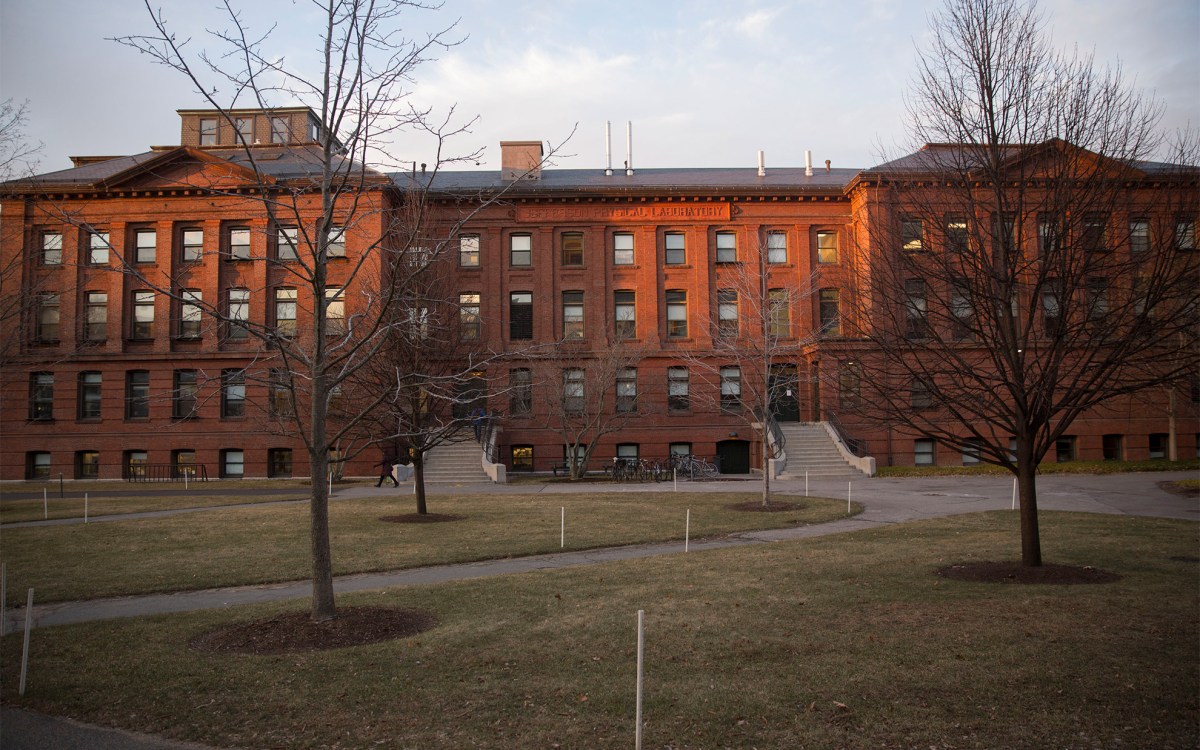Blue light suppresses oral pathogens
Suggest possibility of using light to combat gum disease; envisions handheld device
Scientists at the Forsyth Institute have found that blue light can be used to selectively suppress certain bacteria commonly associated with destructive gum disease.
The research, published in the April Journal of Antimicrobial Agents and Chemotherapy, suggests that light in the blue region of the visible spectrum might be useful in preventing, controlling, or treating periodontitis – an oral infection that can lead to loss of bone and teeth.
“Some of the key bacterial pathogens associated with periodontitis produce and accumulate compounds that are sensitive to light,” said Nikos Soukos, director of the Forsyth Laboratory of Applied Molecular Photomedicine and the principal investigator. “We found that, when exposed to particular wavelengths of light, a percentage of those pathogens was eradicated within seconds.”
Another important finding was that when the proportion of such pathogens was reduced, the proportion of other, potentially helpful, bacteria increased. “This suggests that it might one day be feasible to use light to restore a healthy bacterial balance in the mouth,” Soukos said.
The current research stemmed from an observation by Max Goodson, director of clinical research at Forsyth, that the blue light used in a tooth-whitening procedure appeared to decrease inflammation of the gums.




